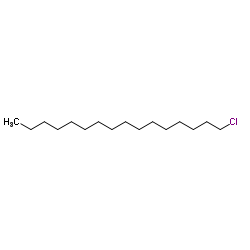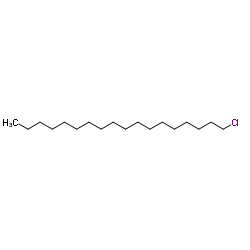| Structure | Name/CAS No. | Articles |
|---|---|---|
 |
1-Chlorohexadecane
CAS:4860-03-1 |
|
 |
1-Chlorooctadecane
CAS:3386-33-2 |
|
 |
3-Chloropropionic Acid
CAS:107-94-8 |